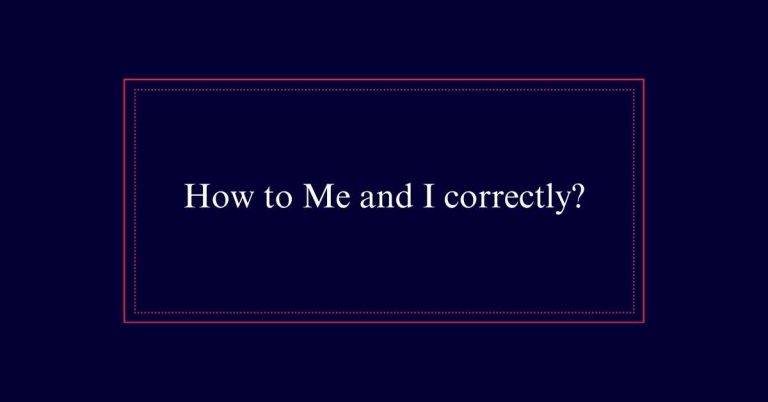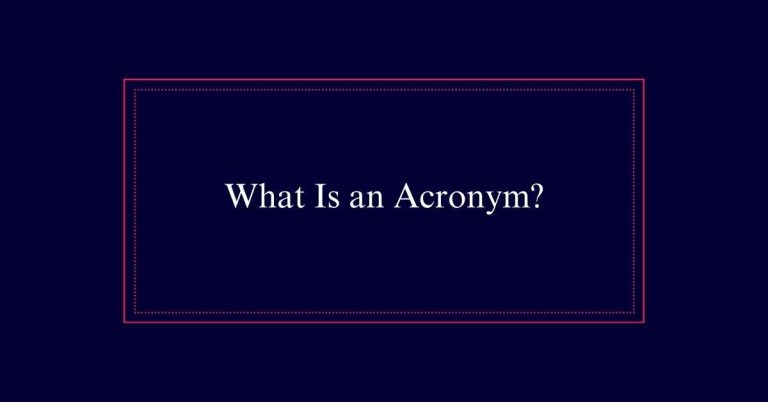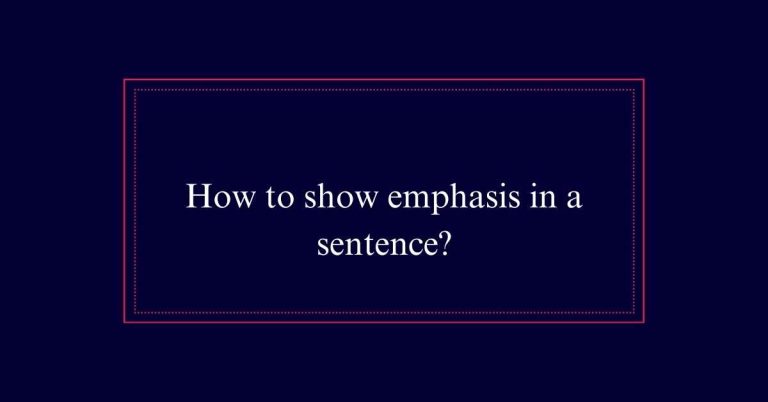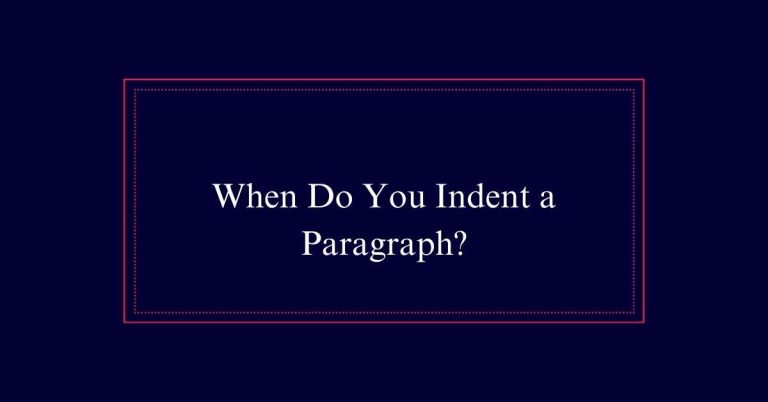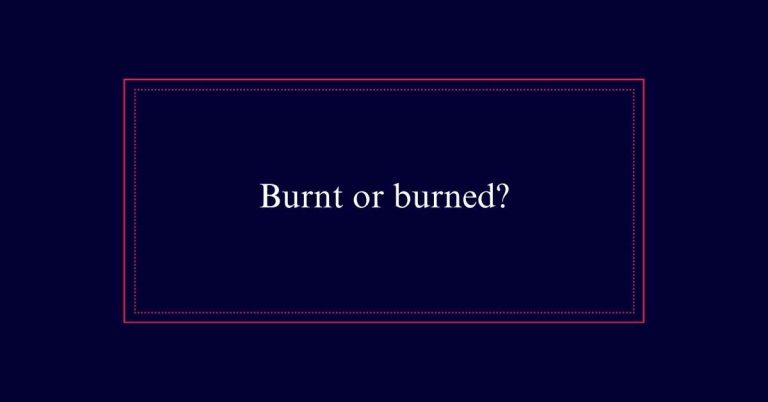What Is an Oxymoron?
An oxymoron is a rhetorical device that places two contradictory terms together to form a unique expression. Originating from ancient Greek, the term means ‘sharply dull.’ Common examples include ‘bittersweet’ and ‘deafening silence.’ Writers and speakers use oxymorons to add depth, emphasize complexity, and engage the audience with thought-provoking content.
They create dramatic tension and highlight paradoxes within concepts and experiences. This linguistic technique can make a narrative more memorable and enthralling.
Definition of Oxymoron
An oxymoron juxtaposes contradictory terms to create a unique expression. This literary device combines two opposing words to produce a striking effect.
Common examples include ‘bittersweet,’ ‘deafening silence,’ and ‘jumbo shrimp.’ The term ‘oxymoron’ originates from ancient Greek, meaning ‘sharply dull‘ or ‘cleverly stupid.
By placing contrasting terms together, oxymorons highlight the complexity of language and thought. They offer a fresh perspective on ordinary concepts, making them more engaging.
This technique is widely used in literature, speeches, and everyday conversation. Oxymorons efficiently convey nuanced meanings, often evoking curiosity and deeper reflection in the reader.
Purpose of Oxymorons
Oxymorons not only juxtapose contradictory terms but also serve several important purposes in literature and communication. They create a dramatic effect, drawing the reader’s attention and making them think more deeply about the subject. This cognitive engagement enhances the reader’s connection with the text.
Additionally, oxymorons are memorable, making phrases stick in the reader’s mind. They also provide an element of entertainment, offering clever and often humorous insights. In political speeches and literature, oxymorons can succinctly convey complex ideas and emotions.
Origin of the Term
The term ‘oxymoron’ originates from ancient Greek, translating to ‘sharply dull’ or ‘cleverly stupid.’ This etymology reflects the essence of an oxymoron—combining contradictory terms to create a new, thought-provoking concept.
The word itself is derived from the Greek roots ‘oxys,’ meaning sharp or keen, and ‘moros,’ meaning foolish or dull. This juxtaposition of opposing ideas is central to the function of an oxymoron.
It has been used in literature and rhetoric for centuries, providing a clever way to highlight complexities and nuances. By merging these opposing terms, oxymorons compel readers to ponder the deeper meanings within the text, showcasing the versatility and richness of language.
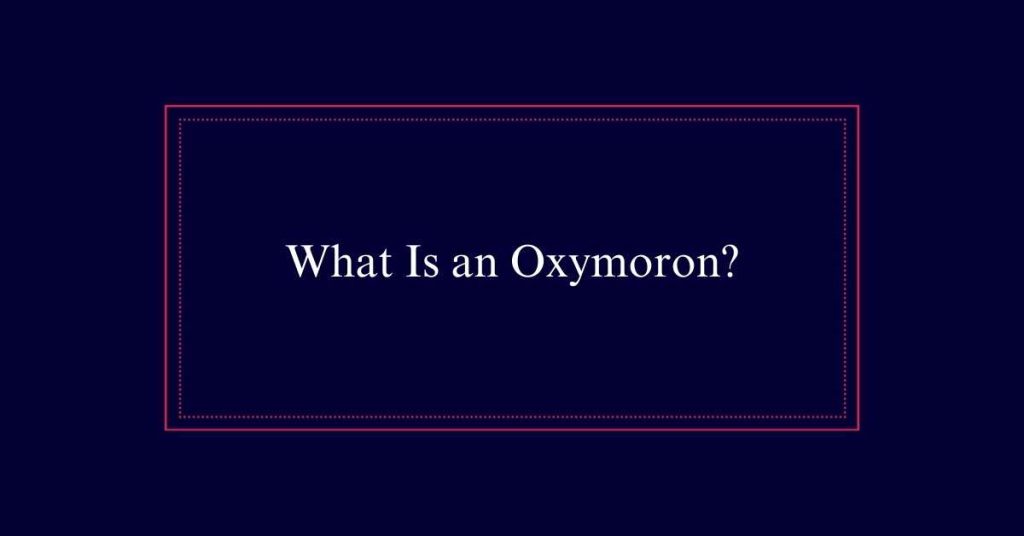
Dramatic Effects
By juxtaposing contradictory terms, oxymorons create dramatic effects that capture the reader’s attention. This literary device introduces tension by combining opposing ideas, prompting readers to pause and reflect.
For instance, phrases like ‘deafening silence’ or ‘bittersweet’ evoke vivid imagery and emotional complexity. Such expressions amplify the impact of the text, making it more engaging and thought-provoking. Writers and speakers use oxymorons to highlight conflicts, emphasize contrasts, and convey nuanced emotions.
This technique can make descriptions more memorable and impactful. In literature, oxymorons often serve to deepen the reader’s understanding of characters and themes. By presenting contradictions, they challenge perceptions and invite deeper contemplation.
Reader Engagement
Juxtaposing contradictory terms, oxymorons captivate readers and sustain their interest. These intriguing phrases compel readers to pause and think, uncovering deeper meanings. The unexpected pairing of words keeps the narrative engaging and dynamic. Oxymorons create memorable moments in writing, enhancing reader connection and curiosity.
To help you enjoy oxymorons in writing, consider these:
- Identify: Spot oxymorons in texts you read. They often appear in dialogues, descriptions, and titles.
- Analyze: Reflect on why the author chose those specific words. What deeper meaning or irony is conveyed?
- Create: Try crafting your own oxymorons. This exercise can sharpen your writing skills and amuse your audience.
Entertainment Value
Oxymorons offer significant entertainment value through their clever and often humorous contradictions. They catch the reader’s attention and make them think. These witty combinations of opposite terms create unexpected images and ideas.
For example, phrases like ‘deafening silence’ or ‘jumbo shrimp’ provoke a mental double-take, adding a layer of humor and intrigue. The playful nature of oxymorons can make conversations more engaging and lively. They also add a touch of irony, making everyday language more interesting.
Literary Examples
Classic literature is replete with oxymorons that add depth and complexity to the text. Authors use these contradictory phrases to illuminate character emotions or highlight themes.
Here are three notable examples:
- William Shakespeare: In ‘Romeo and Juliet,’ Shakespeare writes, ‘Parting is such sweet sorrow.’ This oxymoron captures the bittersweet nature of the lovers’ farewell.
- John Milton: In ‘Paradise Lost,’ Milton uses the phrase ‘darkness visible’ to describe Hell. This oxymoron conveys the palpable, oppressive nature of the darkness.
- Charles Dickens: In ‘A Tale of Two Cities,’ Dickens begins with, ‘It was the best of times, it was the worst of times.’ This oxymoron sets the stage for the novel’s exploration of dualities.
Historical Quotes
Throughout history, notable figures have employed oxymorons in their speeches to convey complex ideas succinctly. Winston Churchill, for example, famously said, ‘A joke is a very serious thing,’ highlighting the dual nature of humor.
Similarly, the phrase ‘terrible beauty’ used by W.B. Yeats captures the paradoxical nature of revolutionary change. Oxymorons like these allow speakers to express multifaceted truths in a memorable way.
John F. Kennedy’s call for ‘peaceful revolution’ during his inaugural address is another instance where contradictory terms serve to underline profound concepts. These historical quotes demonstrate how oxymorons can encapsulate intricate notions, leaving a lasting impact on audiences.
Oxymoron Vs. Paradox
Understanding the distinction between an oxymoron and a paradox is essential for appreciating their unique roles in literature. Both devices involve contradictions but serve different purposes and structures.
Oxymoron: This involves the juxtaposition of two contradictory terms, often within a single phrase, like ‘deafening silence.’ It is a compact and immediate way to present contrast.
Paradox: This is a statement or situation that seems contradictory but reveals a deeper truth upon reflection, such as ‘less is more.’ Paradoxes often span longer sections of text.
Usage: Oxymorons are typically used for dramatic or poetic effect, while paradoxes explore deeper into philosophical or complex themes, encouraging deeper thought and reflection.
Complex Themes
Exploring complex themes often requires nuanced literary devices like oxymorons and paradoxes. These tools add layers of meaning and provoke deeper thought. Oxymorons, by juxtaposing contradictory terms, highlight inherent conflicts in human experience. Paradoxes, using contradictory ideas, challenge readers to rethink established norms. When combined, these devices can deepen a narrative’s thematic complexity.

